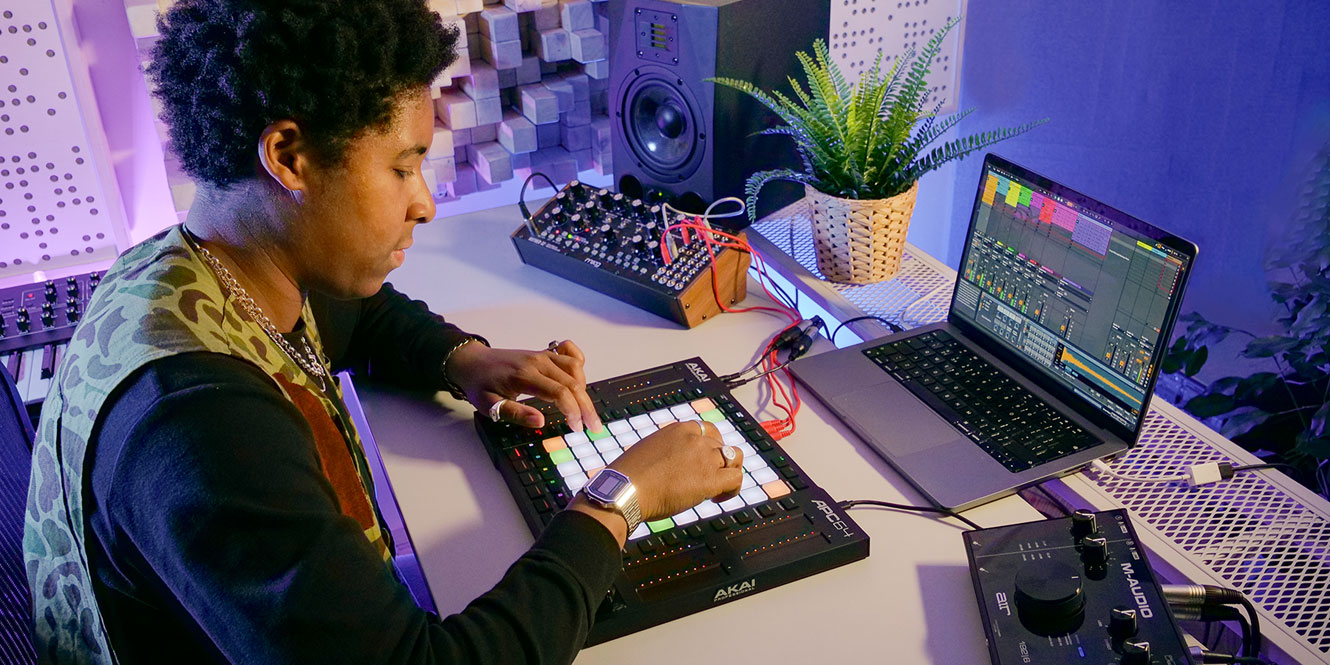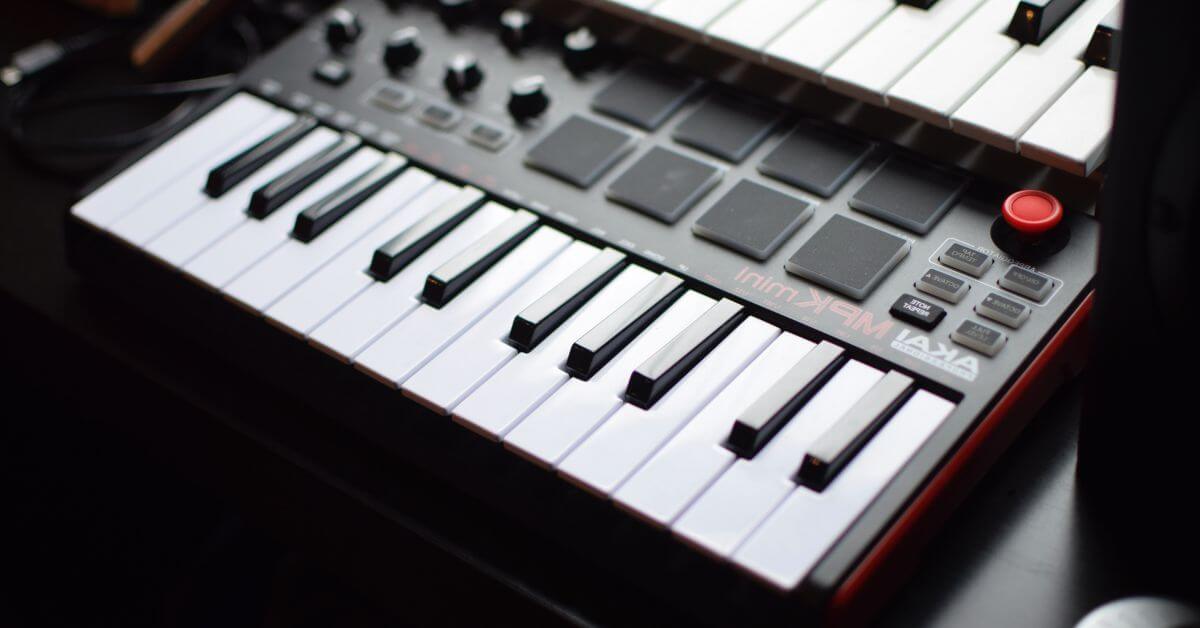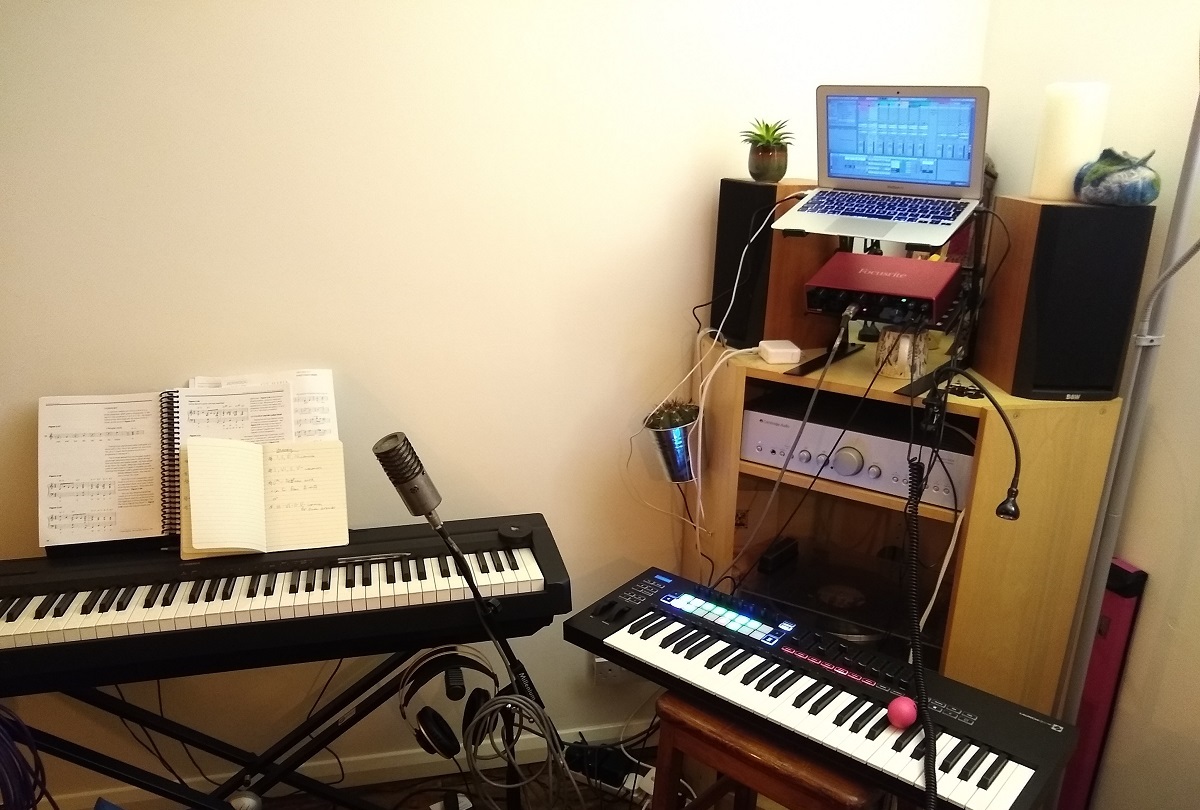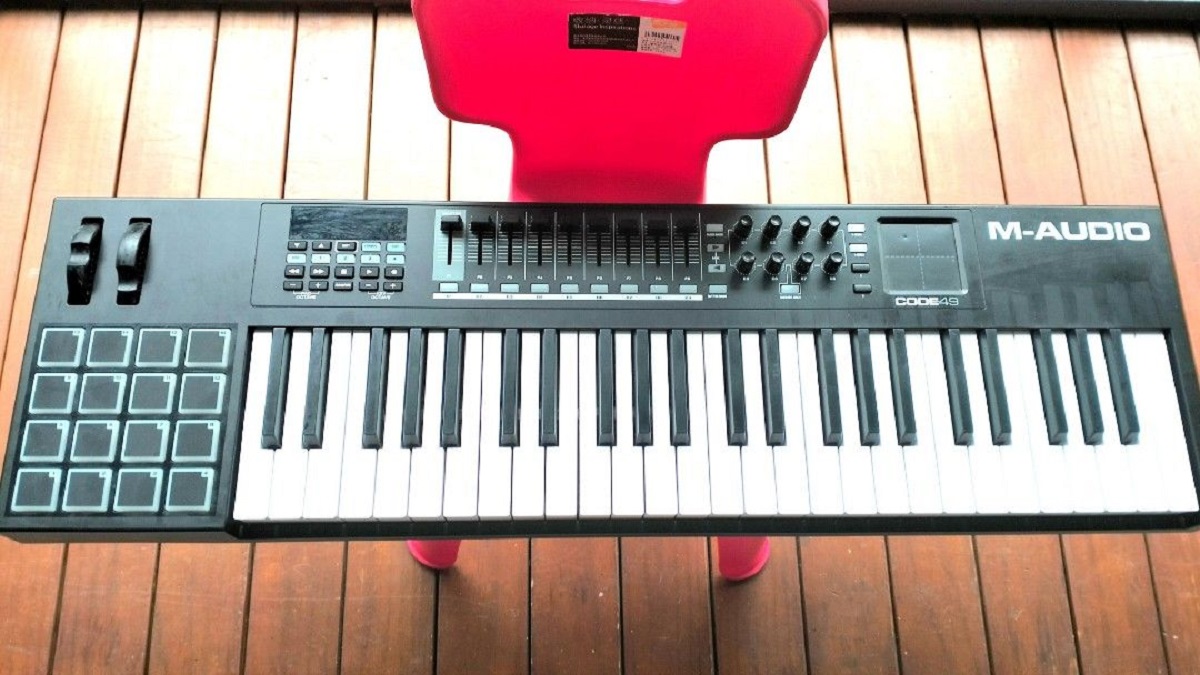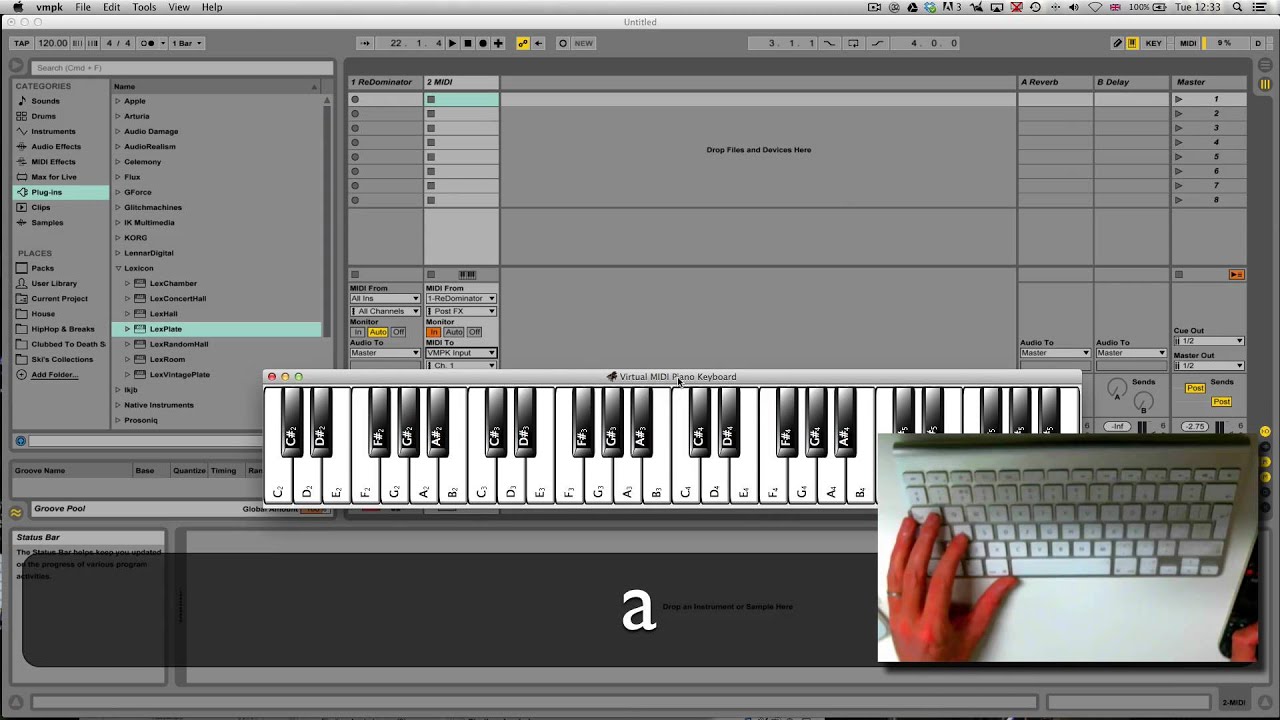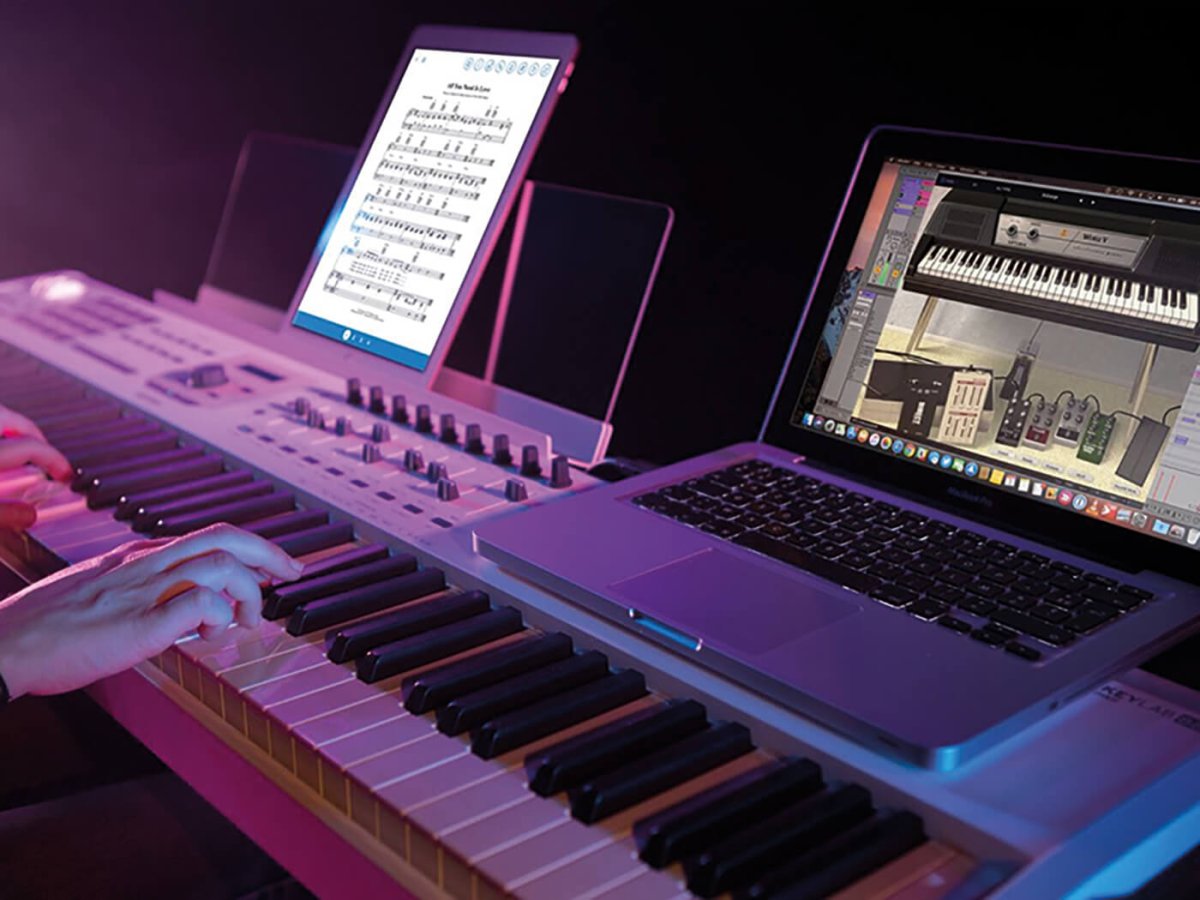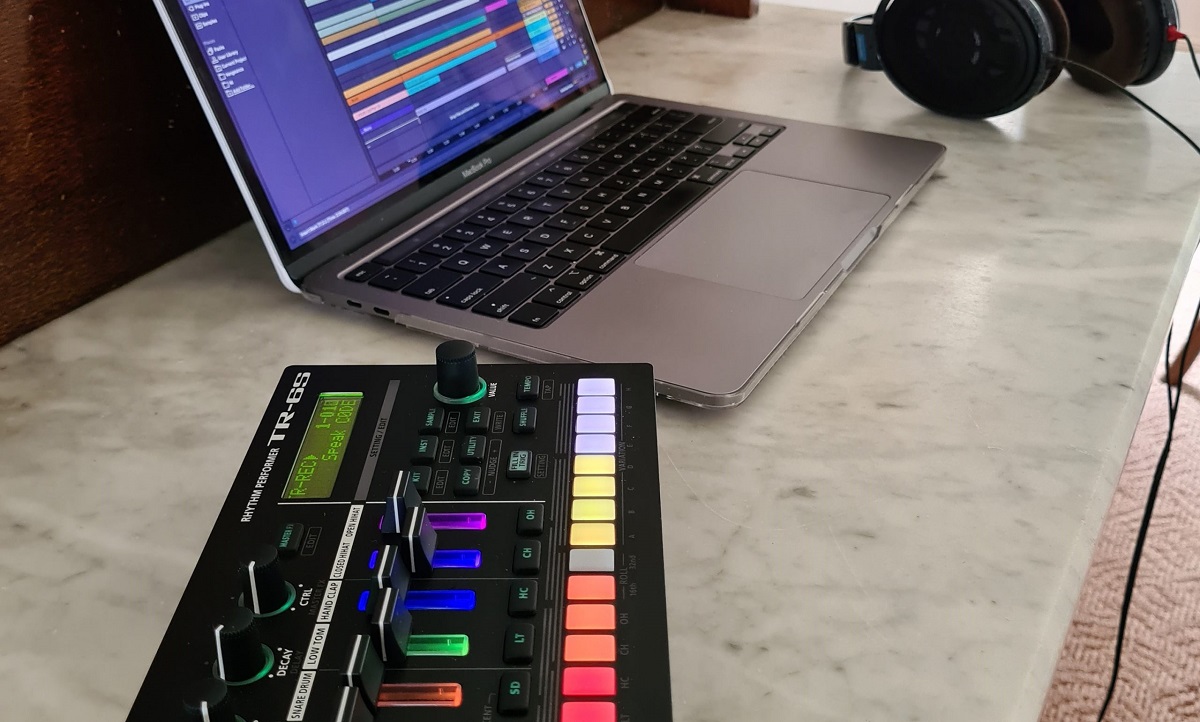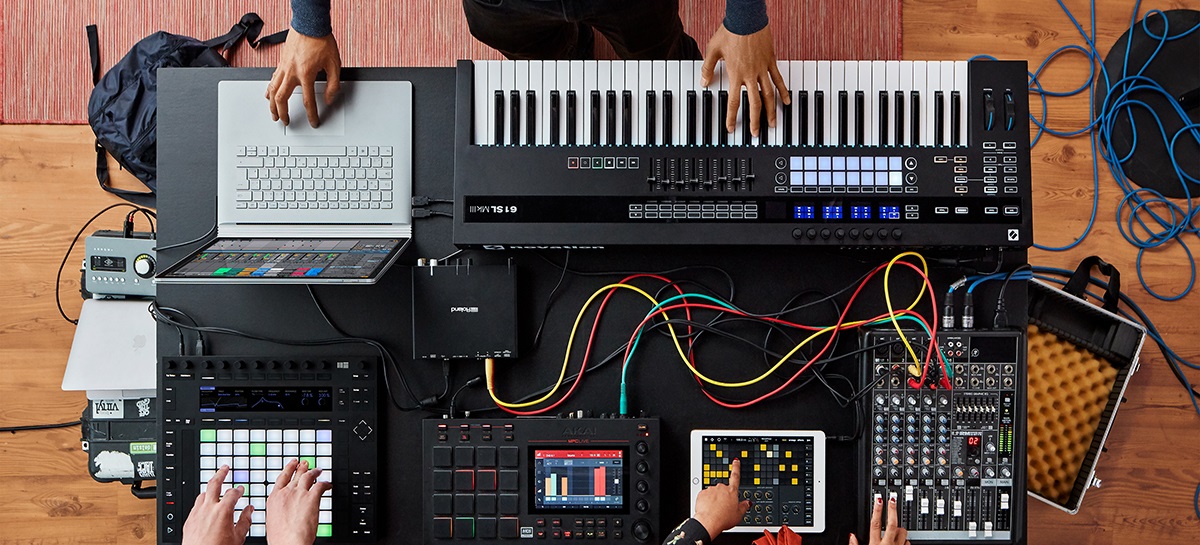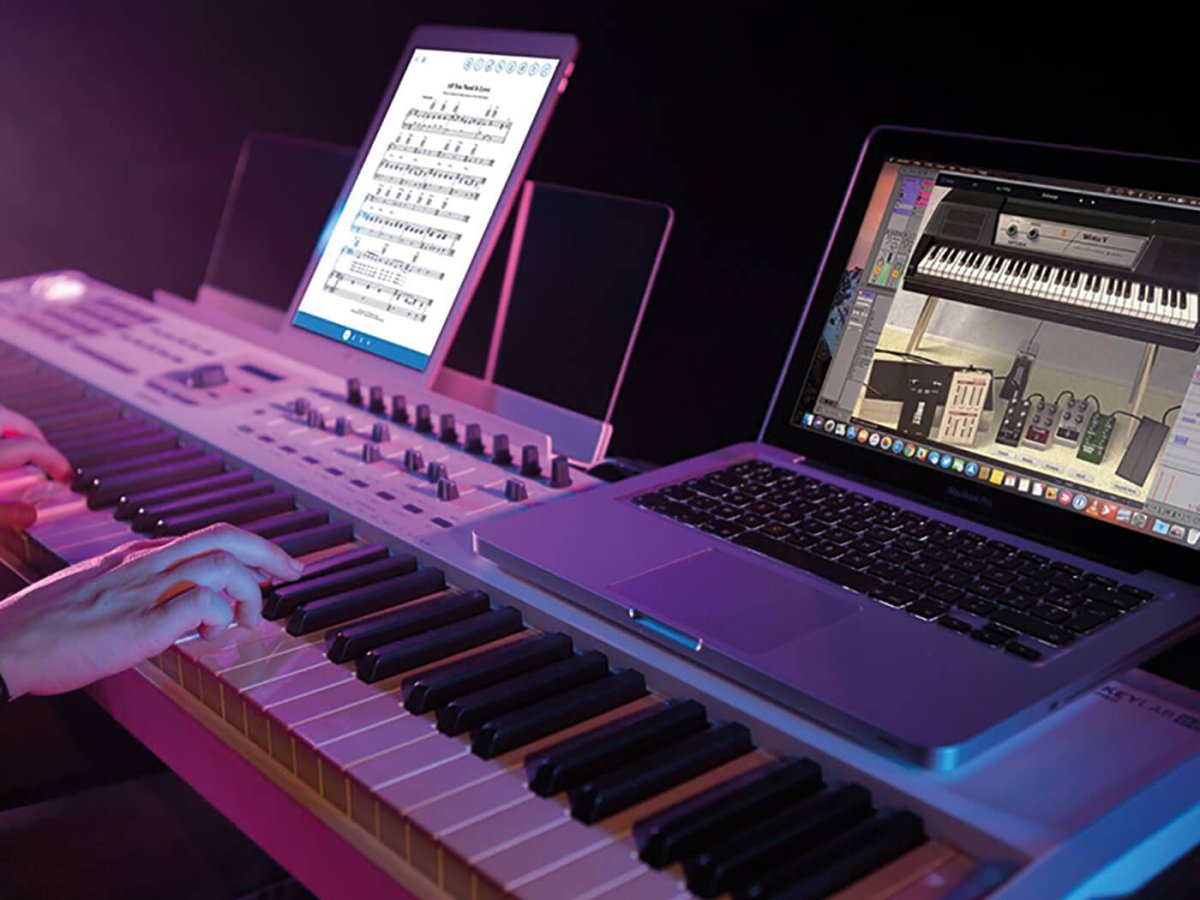Introduction
Welcome to the exciting world of MIDI keyboard automations in Ableton! If you're a music enthusiast or a budding producer, you're in for a treat as we delve into the fascinating realm of creating dynamic and expressive music through MIDI keyboard automations. In this guide, you'll learn how to harness the power of MIDI mapping to infuse your compositions with intricate nuances, seamless transitions, and captivating effects, all controlled effortlessly through your MIDI keyboard.
Imagine being able to effortlessly manipulate parameters, trigger effects, and modulate sounds in real-time, all at your fingertips. With MIDI keyboard automations, the creative possibilities are virtually endless. Whether you're aiming to add subtle variations to your melodies, craft mesmerizing build-ups, or unleash dramatic drops, mastering MIDI keyboard automations will elevate your music production to new heights.
In this comprehensive guide, we'll walk through the process of setting up your MIDI keyboard in Ableton, understanding MIDI mapping, and creating captivating automations that breathe life into your music. Additionally, we'll provide valuable tips and insights to help you maximize the potential of MIDI keyboard automations, empowering you to unleash your creativity and craft music that resonates with depth and emotion.
So, grab your MIDI keyboard, fire up Ableton, and get ready to embark on an exhilarating journey into the realm of MIDI keyboard automations. Whether you're a seasoned producer or a newcomer to the world of music production, this guide will equip you with the knowledge and skills to leverage the full potential of MIDI keyboard automations, unlocking a world of sonic possibilities at your fingertips.
Get ready to unleash your creativity and breathe soulful expression into your music as we unravel the art of MIDI keyboard automations in Ableton. Let's dive in and discover the transformative capabilities of MIDI mapping and automations, empowering you to sculpt captivating musical narratives with precision and finesse.
Setting up the MIDI Keyboard in Ableton
Before delving into the realm of MIDI keyboard automations, it’s essential to ensure that your MIDI keyboard is seamlessly integrated with Ableton, allowing for intuitive control and seamless interaction with your musical compositions. Here’s a step-by-step guide to setting up your MIDI keyboard in Ableton:
- Connecting Your MIDI Keyboard: Begin by connecting your MIDI keyboard to your computer using a USB cable or MIDI interface, ensuring that it’s powered on and recognized by your system.
- Configuring MIDI Preferences: Launch Ableton and navigate to the “Preferences” menu. Select the “MIDI” tab and ensure that your MIDI keyboard is detected in the “Input” and “Output” dropdown menus. Enable the “Track” and “Remote” options for your MIDI keyboard to facilitate seamless control over Ableton’s parameters.
- Assigning MIDI Channels: If your MIDI keyboard supports multiple MIDI channels, configure the MIDI input and output channels in Ableton’s MIDI preferences to align with your keyboard’s settings. This ensures that your MIDI keyboard communicates effectively with Ableton, allowing for precise control and communication between devices.
- Verifying MIDI Input: To verify that your MIDI keyboard is successfully integrated, create a new MIDI track in Ableton and select your MIDI keyboard as the input device. Test the connection by playing notes on your MIDI keyboard and confirming that Ableton registers the input, reflecting the incoming MIDI data on the track.
By following these steps, you’ll establish a seamless connection between your MIDI keyboard and Ableton, laying the foundation for harnessing the power of MIDI keyboard automations. With your MIDI keyboard primed for interaction, you’re ready to embark on an immersive journey into the realm of MIDI mapping and automations, empowering you to sculpt captivating musical narratives with precision and finesse.
Understanding MIDI Mapping
At the core of MIDI keyboard automations lies the concept of MIDI mapping, a powerful feature in Ableton that enables you to assign MIDI controls to various parameters within your music projects. By comprehending MIDI mapping, you gain the ability to dictate how your MIDI keyboard interacts with different elements in Ableton, ranging from instrument parameters and effects to mixer controls and beyond.
When you engage in MIDI mapping, you establish a direct link between physical controls on your MIDI keyboard and virtual parameters within Ableton, fostering a seamless bridge between tactile manipulation and digital expression. This synergy empowers you to infuse your music with personalized nuances, dynamic modulations, and expressive gestures, all orchestrated through the tactile interface of your MIDI keyboard.
Key components of understanding MIDI mapping include:
- Parameter Selection: In Ableton, you can select a wide array of parameters for MIDI mapping, such as instrument parameters (e.g., filter cutoff, resonance), effect parameters (e.g., wet/dry mix, decay), mixer controls (e.g., volume, pan), and even software instrument parameters (e.g., oscillator pitch, envelope settings).
- MIDI Mapping Interface: Ableton provides a user-friendly interface for MIDI mapping, allowing you to access the MIDI Map Mode and visually identify the parameters you wish to control. This intuitive interface facilitates seamless assignment of MIDI controls to your desired parameters, streamlining the mapping process for effortless customization.
- Real-Time Control: Once MIDI mapping is configured, you gain the ability to manipulate the mapped parameters in real time using the physical controls on your MIDI keyboard. This real-time control fosters an immersive and responsive music production experience, enabling you to sculpt sounds, modulate effects, and shape the sonic landscape with fluidity and precision.
By grasping the intricacies of MIDI mapping, you unlock a realm of creative possibilities, allowing you to infuse your music with personalized expressions and dynamic manipulations. This foundational understanding sets the stage for creating captivating MIDI keyboard automations that breathe life and character into your musical compositions, propelling your creative endeavors to new heights of sonic artistry.
Creating Automations with MIDI Mapping
Once you’ve established a solid grasp of MIDI mapping, you’re poised to embark on the exhilarating journey of creating captivating automations with your MIDI keyboard in Ableton. Automations serve as dynamic, evolving pathways that dictate the behavior of parameters over time, allowing you to infuse your music with expressive movements, seamless transitions, and nuanced variations.
Here’s a step-by-step guide to creating automations with MIDI mapping in Ableton:
- Parameter Selection: Identify the specific parameters within your music project that you intend to automate. This could encompass a diverse range of elements, including instrument parameters, effect settings, mixer controls, and more.
- MIDI Mapping Setup: Access the MIDI Map Mode in Ableton and assign the desired parameters to the controls on your MIDI keyboard. This establishes the link between your MIDI controls and the parameters, enabling real-time manipulation and automation.
- Recording Automations: Enter the automation recording mode in Ableton and begin manipulating the mapped controls on your MIDI keyboard. As you modulate the controls, Ableton captures the movements as automation data, reflecting the dynamic changes over time.
- Refinement and Editing: After recording the initial automations, you can refine and edit the automation data to fine-tune the expressive nuances and transitions. This may involve adjusting the timing, shaping the curves, and sculpting the automation trajectories to align with your artistic vision.
By seamlessly integrating MIDI mapping with automation recording, you gain the ability to sculpt intricate and emotive movements within your music, breathing life and personality into your compositions. Whether you’re crafting evolving synth textures, sculpting pulsating rhythmic patterns, or orchestrating dramatic build-ups, MIDI keyboard automations enable you to shape the sonic landscape with unparalleled creativity and finesse.
As you immerse yourself in the art of creating automations with MIDI mapping, embrace the fluidity and expressiveness offered by your MIDI keyboard, allowing your musical visions to unfold with captivating dynamism and depth. The seamless integration of MIDI mapping and automation recording empowers you to craft music that resonates with emotive storytelling and immersive sonic journeys, elevating your creative endeavors to new dimensions of artistic expression.
Tips for Effective MIDI Keyboard Automations in Ableton
As you embark on your journey of harnessing the potential of MIDI keyboard automations in Ableton, consider the following tips to elevate your creative process and maximize the impact of your musical expressions:
- Subtle Modulations: Embrace the art of subtle modulations to infuse your music with organic movements and evolving textures. Delicate adjustments to parameters such as filter cutoff, resonance, and modulation depth can imbue your compositions with nuanced expressions and captivating sonic transformations.
- Dynamic Range Exploration: Explore the dynamic range of your MIDI keyboard to unleash a spectrum of expressive possibilities. From gentle swells to bold crescendos, leverage the velocity sensitivity and aftertouch capabilities of your MIDI keyboard to craft dynamic performances that resonate with depth and emotion.
- Layered Automations: Experiment with layered automations to orchestrate complex and evolving soundscapes. By mapping multiple parameters to different controls on your MIDI keyboard, you can sculpt intricate layers of movement, creating rich and immersive sonic tapestries that captivate the listener’s imagination.
- Mapping Flexibility: Embrace the flexibility of MIDI mapping to tailor the control assignments to suit your creative workflow. Consider customizing the MIDI mapping assignments based on the unique demands of each musical project, allowing for intuitive and personalized control over a diverse array of parameters.
- Expressive Performance Techniques: Incorporate expressive performance techniques, such as pitch bends, vibrato, and nuanced phrasing, to imbue your MIDI keyboard automations with the nuances of live instrumentation. By infusing your performances with human-like gestures, you can evoke a sense of authenticity and emotional resonance in your music.
- Real-Time Exploration: Embrace real-time exploration and improvisation with your MIDI keyboard automations, allowing for spontaneous and organic interactions with your music. Engage in live experimentation, improvisational sessions, and intuitive manipulations to discover new sonic territories and unlock moments of creative inspiration.
By integrating these tips into your creative workflow, you’ll harness the full potential of MIDI keyboard automations, empowering you to craft music that transcends boundaries and resonates with captivating artistry. Embrace the fluidity and expressiveness offered by MIDI mapping and automation recording, allowing your musical visions to unfold with captivating dynamism and depth.







